- Home
- Articles
- Architectural Portfolio
- Architectral Presentation
- Inspirational Stories
- Architecture News
- Visualization
- BIM Industry
- Facade Design
- Parametric Design
- Career
- Landscape Architecture
- Construction
- Artificial Intelligence
- Sketching
- Design Softwares
- Diagrams
- Writing
- Architectural Tips
- Sustainability
- Courses
- Concept
- Technology
- History & Heritage
- Future of Architecture
- Guides & How-To
- Art & Culture
- Projects
- Interior Design
- Competitions
- Jobs
- Store
- Tools
- More
- Home
- Articles
- Architectural Portfolio
- Architectral Presentation
- Inspirational Stories
- Architecture News
- Visualization
- BIM Industry
- Facade Design
- Parametric Design
- Career
- Landscape Architecture
- Construction
- Artificial Intelligence
- Sketching
- Design Softwares
- Diagrams
- Writing
- Architectural Tips
- Sustainability
- Courses
- Concept
- Technology
- History & Heritage
- Future of Architecture
- Guides & How-To
- Art & Culture
- Projects
- Interior Design
- Competitions
- Jobs
- Store
- Tools
- More
Important Plumbing Considerations For Your Bathroom Renovation
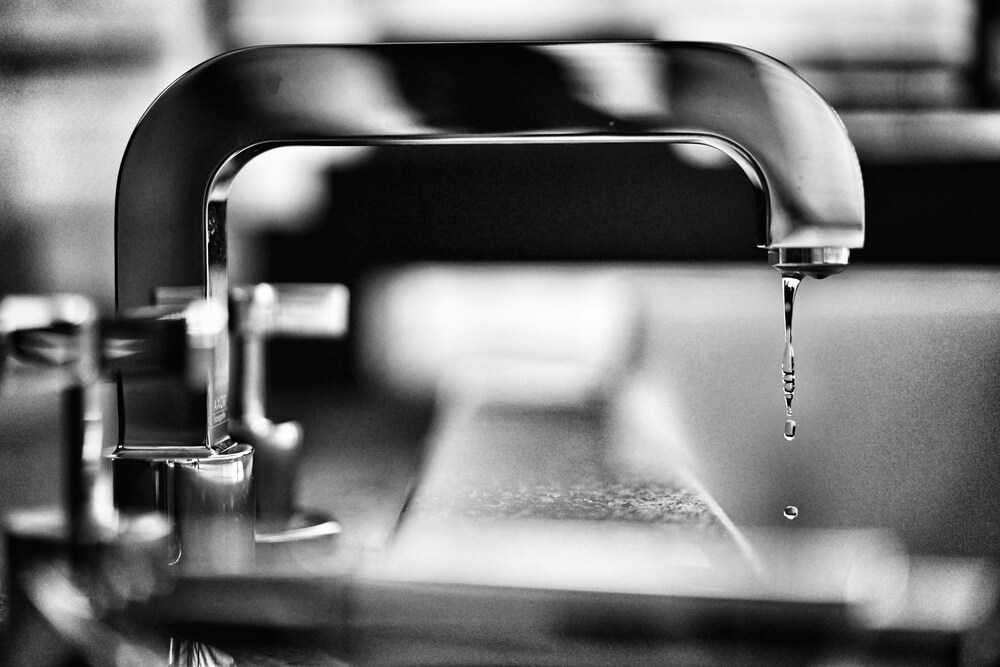
When planning a bathroom overhaul, it’s crucial to consider plumbing, a backbone of functionality and comfort. This guide delves into key plumbing aspects to ensure your home’s bathroom renovation is seamless and compliant with Australian standards.
From understanding your current plumbing infrastructure to navigating water efficiency standards and selecting suitable fixtures, we cover essential insights. We also address budgeting and common pitfalls to avoid.
Whether you’re seeking practical solutions or creative plumbing renovation ideas, this article will equip you with the knowledge needed for a successful bathroom transformation.
Table of Contents
ToggleUnderstanding Your Existing Plumbing System
Grasping the intricacies of your existing plumbing system is paramount before embarking on a bathroom renovation. Australian homes typically feature either a single-stack or dual-pipe plumbing system. Understanding the layout of your pipes, including the location of the main water shut-off valve and the path of waste pipes, is crucial.
This knowledge helps in anticipating how new fixtures can integrate or necessitate layout alterations. For instance, if you’re considering moving your toilet or shower, you need to know if the existing pipes can support these changes or if new plumbing lines are required.
Assessing your system’s capacity to handle additional fixtures is also vital, especially in older homes, to prevent overloading. A clear understanding of your current plumbing setup ensures a smoother renovation process and helps in making informed decisions.

Water Efficiency Regulations
In Australia, strict water efficiency regulations govern bathroom renovations. The Water Efficiency Labelling and Standards (WELS) scheme mandates that all bathroom fixtures, like toilets, taps, and showers, must be rated for their water efficiency.
Selecting products that comply with these standards not only reduces your environmental footprint but also lowers water bills. It’s imperative to check the WELS rating, typically displayed on product labels, to ensure they meet the minimum water efficiency requirements. Adhering to these regulations is not just a legal obligation but a step towards sustainable living.
Choosing the Right Fixtures and Fittings
Selecting the appropriate fixtures and fittings is crucial for a bathroom that blends style with functionality. The vast range of available options allows for customisation according to personal taste and the specific requirements of your plumbing system. Consider the water pressure in your home when choosing taps and showers to ensure they operate efficiently.
For example, mixer taps and low-flow showerheads can be ideal for maintaining water efficiency without sacrificing performance. Also, evaluate the compatibility of new fixtures with existing plumbing to avoid costly adjustments. Material quality is paramount; opting for durable, corrosion-resistant materials like brass or stainless steel can prevent future leaks and wear.
Lastly, consider the space and layout of your bathroom to ensure that the chosen fixtures enhance its functionality and aesthetic appeal, creating a harmonious and efficient space.
Professional Assessment and Planning
Before diving into a bathroom renovation, a professional assessment by a licensed plumber is invaluable. They can evaluate your existing plumbing system’s condition and identify any potential issues, such as outdated pipes or insufficient water pressure, that could impact your renovation plans. It’s really important to check if your current water main can handle any planned changes, or if you’ll need a new water main connection to a house. This step makes sure that any updates to your plumbing are up to date with the latest safety and efficiency standards, which can really boost your home’s value and how well it functions. Plus, getting this sorted out early can help you avoid any surprises during construction, keeping your renovation on track and within your budget.
Planning with a professional ensures that the new design will comply with Australian building codes and plumbing standards, avoiding costly mistakes and legal issues. They can also advise on the feasibility of relocating fixtures, like sinks or toilets, and the necessary modifications to the plumbing infrastructure.
This foresight helps in creating a detailed plan that includes accurate pipe routing and waste management solutions, tailored to your bathroom’s layout and functionality goals. Investing in expert planning upfront can save time and money, ensuring a smooth renovation process and a result that meets both your aesthetic and practical needs.

Budgeting for Plumbing in Your Renovation
Budgeting accurately for plumbing in your bathroom renovation is essential to avoid unexpected expenses. Allocate a portion of your overall budget to plumbing work, considering both visible fixtures and hidden elements like pipework and drainage. For expert guidance and reliable services, consider reaching out to Jack’s Plumbing, a trusted provider specializing in bathroom plumbing solutions for renovations of all sizes.
Get quotes from several licensed plumbers to gauge the market rates and ensure comprehensive coverage of the project’s scope. Remember, quality plumbing work may cost more initially but can save money in the long run by preventing future repairs.
Also, factor in a contingency fund, typically 10-20% of the plumbing budget, to cover unforeseen issues once the renovation begins.
Dealing with Common Plumbing Problems
Renovating a bathroom can unearth common plumbing problems like leaks, clogs, and inadequate water pressure. Early detection and resolution of these issues are crucial to prevent them from escalating into costly repairs.
Leaks, often found in old pipes or fixtures, require prompt sealing or replacement. Clogs in drains or toilets should be cleared to avoid backflow and water damage. If water pressure is low, inspecting for pipe blockages or corrosion is necessary.
Engaging a professional plumber to address these problems during the renovation ensures a durable and efficient plumbing system, safeguarding your investment and enhancing bathroom functionality.

Renovate your Bathroom Today!
Prioritising plumbing considerations in your bathroom renovation ensures a successful outcome. By understanding your system, adhering to regulations, selecting the right fixtures, planning with professionals, budgeting wisely, and addressing common issues, you create a functional, efficient, and stylish space that meets your needs and complies with Australian standards.
illustrarch is your daily dose of architecture. Leading community designed for all lovers of illustration and #drawing.
Submit your architectural projects
Follow these steps for submission your project. Submission FormLatest Posts
Smart Steps for Repairing Your Garage
Keeping your garage safe and reliable is mostly about steady habits and...
Renovation Mistakes That Reduce Property Appeal
Renovations should boost charm and function, not create headaches. Some common choices...
Why Scale Matters in Architecture
Why Scale Matters in Architecture: see how human, building, and urban scales...
The Chain Reaction Triggered by Foundation Movement
Foundation movement is never an isolated event contained strictly to the concrete...




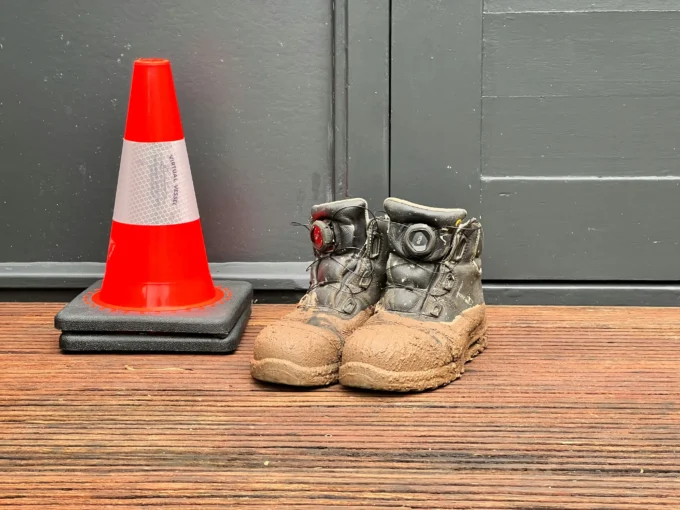



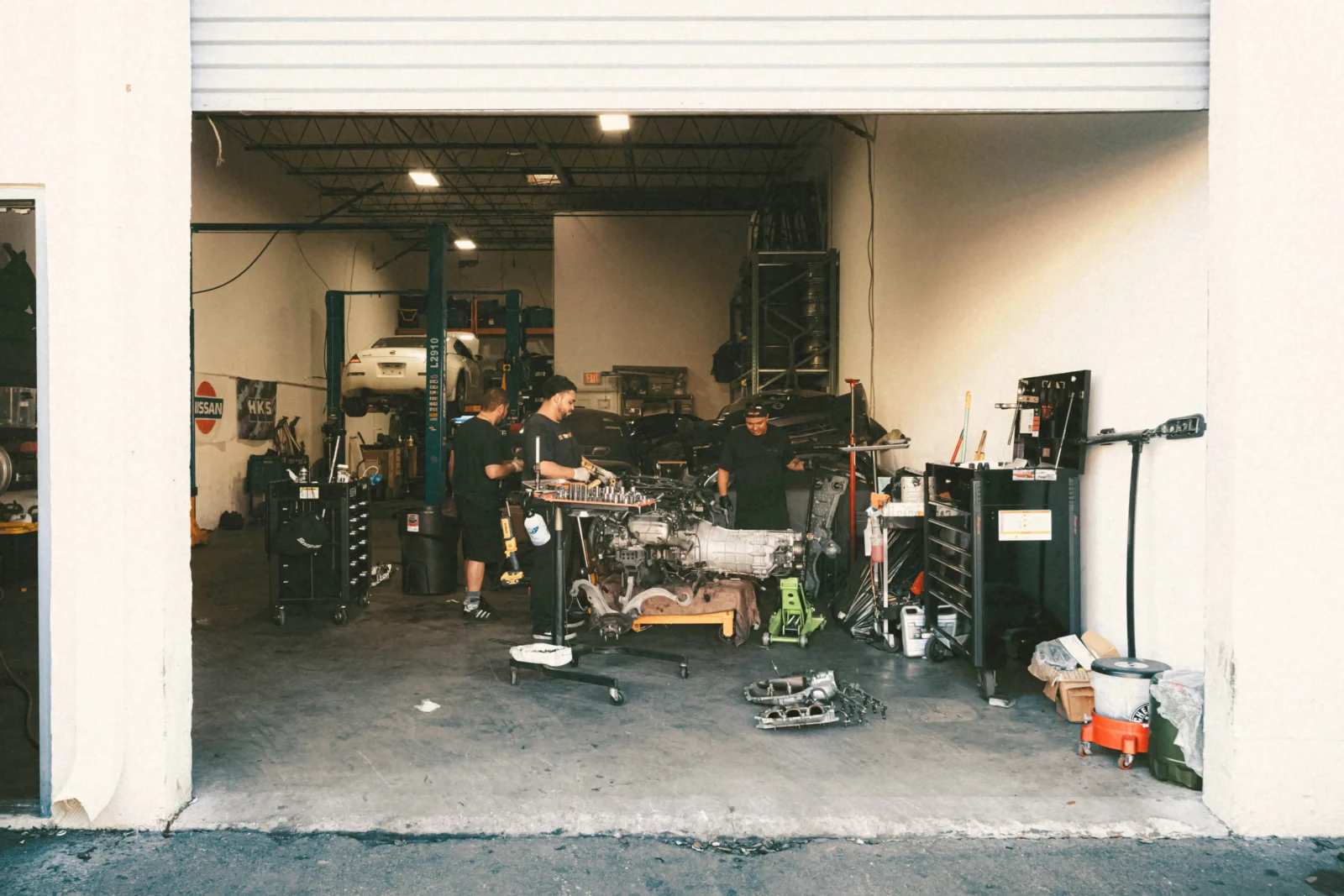
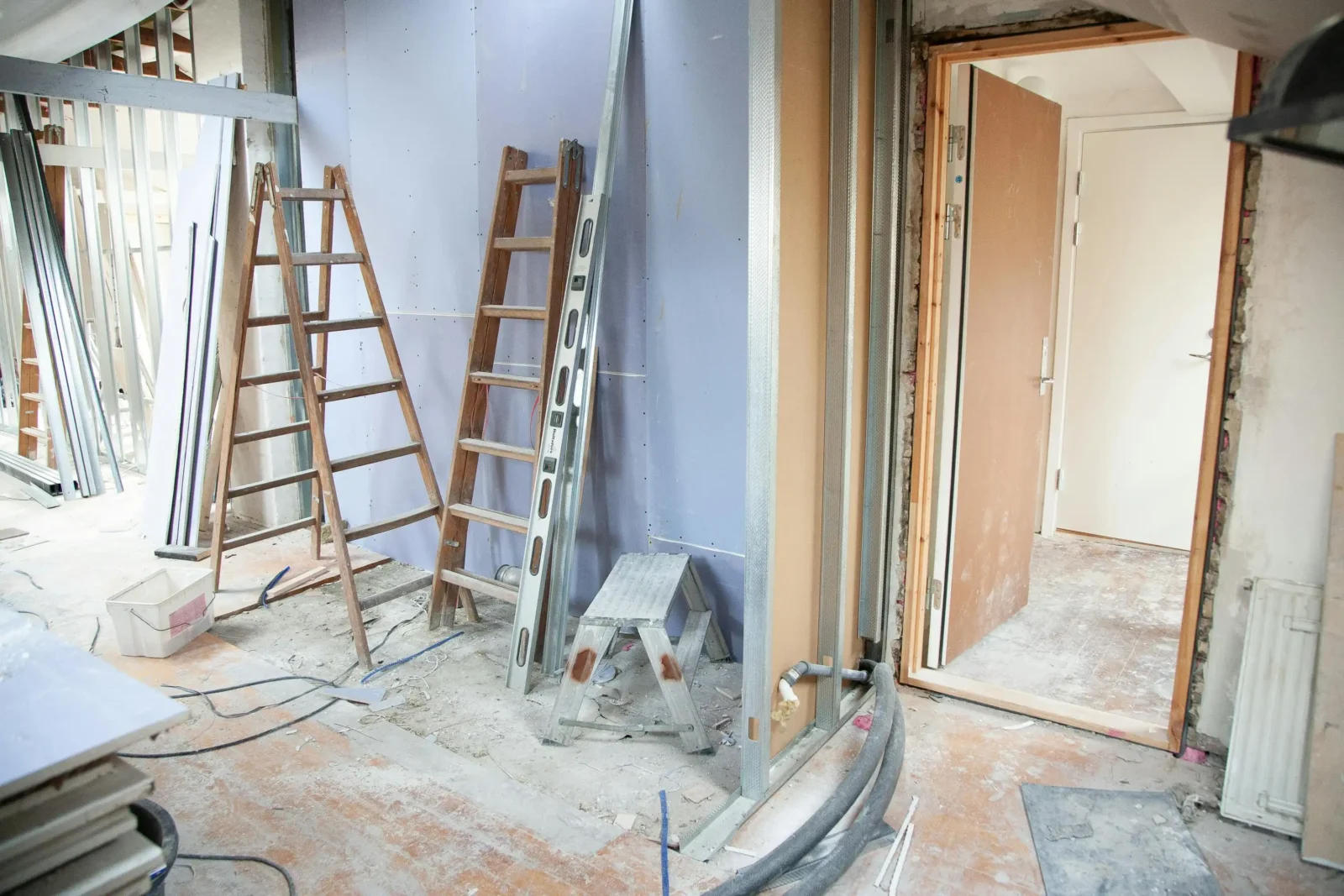
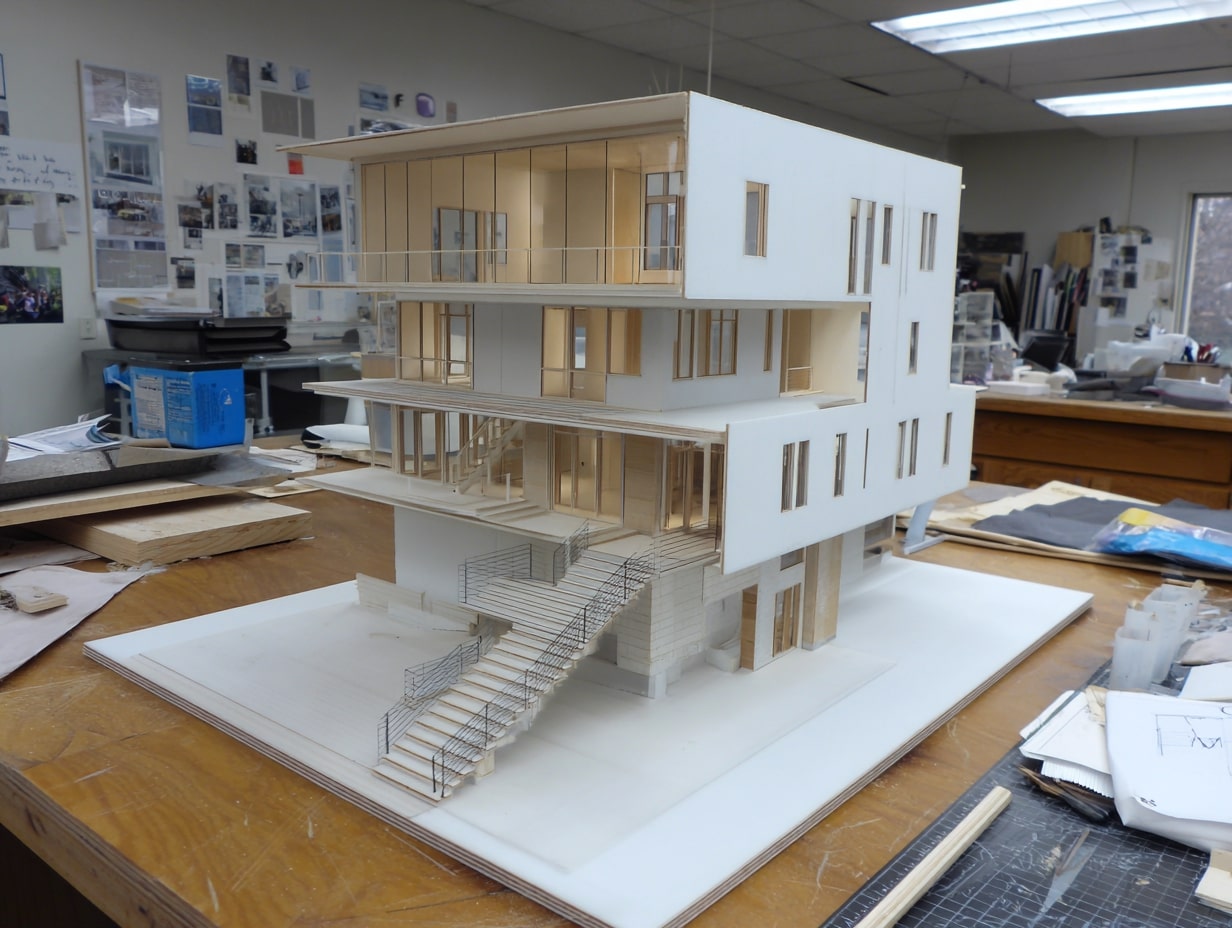

Leave a comment